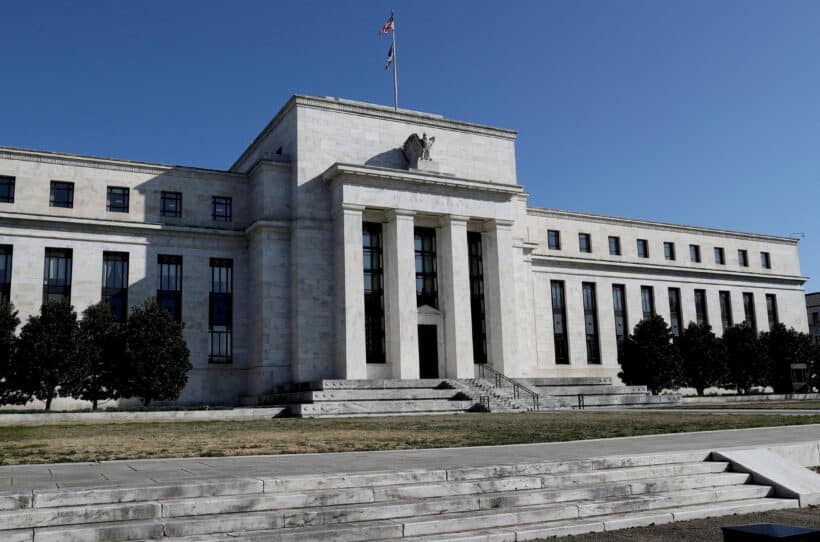
LONDON, Feb 1 (Reuters) – Major central banks stood pat on interest rates in January, as the much anticipated change of course in the global monetary policy draws closer while emerging market peers ploughed on with rate cuts.
January saw five of the central banks overseeing the 10 most heavily traded currencies – the U.S. Federal Reserve, the ECB, the Bank of Japan, Bank of Canada and Norges Bank – hold rate setting meetings with none changing rates. That follows on from eight meetings in December where only Norway hiked.
“Interest rates are set to remain front and centre in 2024,” Philip Shaw at Investec said in a research note. “However, in a departure from the last two years, now the question is not how far central banks will raise rates, but when and how far they will cut.”
Fed chair Jerome Powell on Wednesday delivered a sweeping endorsement of the U.S. economy’s strength and said the next rate move would be lower. But he also pushed back against markets betting on a move as soon as March, with expectations now anticipating a first Fed cut in May.
Meanwhile, emerging economies – which have been frontrunning both the tightening and the easing cycle – ploughed on with rate cuts.
Five of the Reuters sample of 18 central banks in developing economies cut rates in January – matching the December number which had been the highest number in at least three years. Across the Reuters markets sample, 12 central banks held rate setting meetings last month.
Policy makers in Brazil, Hungary, Colombia and Chile all extended their easing push, while Israel joined the fray, delivering the first rate cut in four years. The moves brought the January rate cut tally to 275 basis point – the biggest monthly total since May 2022.
Turkey was the sole outlier in January, delivering another 250 bps rate hike to shore up its battered currency and tackle sticky inflation, though the central bank said it had now completed its aggressive tightening cycle.
Analysts predicted that monetary easing would continue to broaden out in the months ahead.
“Mexico’s central bank will probably be the next to cut rates later this quarter, and many Asian central banks will join the fray in April and May, which is sooner than most expect,” said William Jackson at Capital Economics in a note to clients.
(Reporting by Karin Strohecker and Sumanta Sen; Editing by Andrew Heavens)